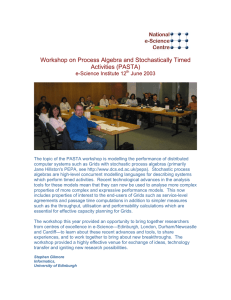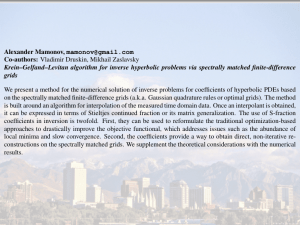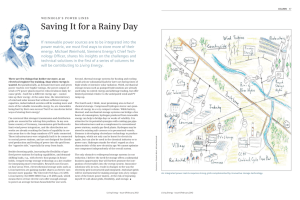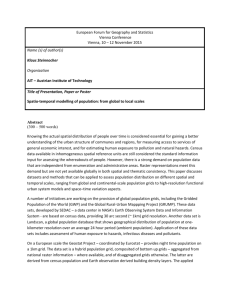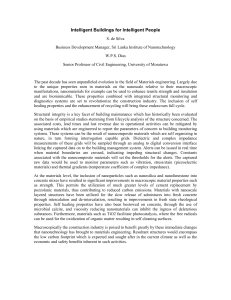GRIDS, Databases and Information Systems Engineering Research
advertisement
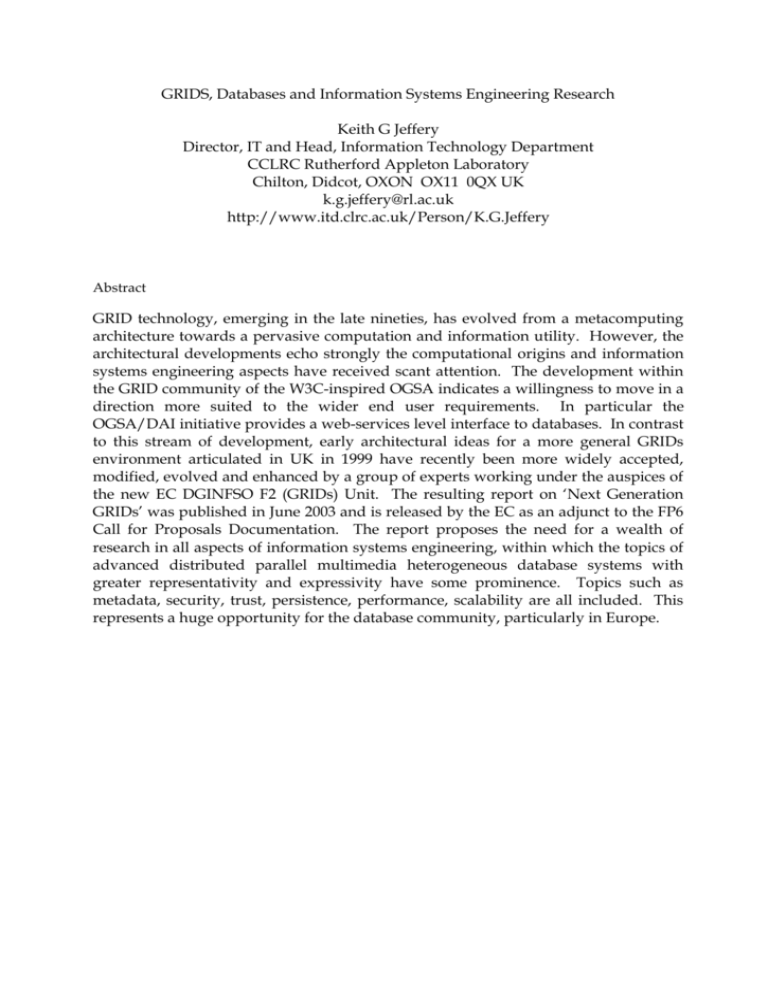
GRIDS, Databases and Information Systems Engineering Research Keith G Jeffery Director, IT and Head, Information Technology Department CCLRC Rutherford Appleton Laboratory Chilton, Didcot, OXON OX11 0QX UK k.g.jeffery@rl.ac.uk http://www.itd.clrc.ac.uk/Person/K.G.Jeffery Abstract GRID technology, emerging in the late nineties, has evolved from a metacomputing architecture towards a pervasive computation and information utility. However, the architectural developments echo strongly the computational origins and information systems engineering aspects have received scant attention. The development within the GRID community of the W3C-inspired OGSA indicates a willingness to move in a direction more suited to the wider end user requirements. In particular the OGSA/DAI initiative provides a web-services level interface to databases. In contrast to this stream of development, early architectural ideas for a more general GRIDs environment articulated in UK in 1999 have recently been more widely accepted, modified, evolved and enhanced by a group of experts working under the auspices of the new EC DGINFSO F2 (GRIDs) Unit. The resulting report on ‘Next Generation GRIDs’ was published in June 2003 and is released by the EC as an adjunct to the FP6 Call for Proposals Documentation. The report proposes the need for a wealth of research in all aspects of information systems engineering, within which the topics of advanced distributed parallel multimedia heterogeneous database systems with greater representativity and expressivity have some prominence. Topics such as metadata, security, trust, persistence, performance, scalability are all included. This represents a huge opportunity for the database community, particularly in Europe.
